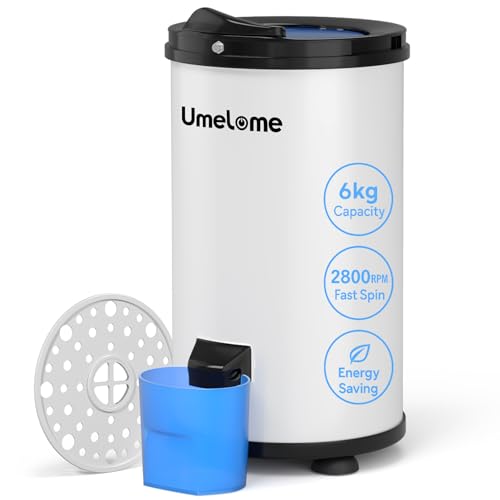
When it comes to cleaning, many people turn to commercial cleaning products filled with harsh chemicals. However, there are natural alternatives that can be just as effective, and one of them is malt vinegar. Malt vinegar is a type of vinegar made from fermented malted barley, and its acidic properties make it an excellent cleaning agent.
One of the main benefits of using malt vinegar for cleaning is that it is a non-toxic and eco-friendly option. Unlike chemical-laden cleaners, malt vinegar does not release harmful fumes or leave residue behind. This makes it a safer choice for households with pets or small children.
Malt vinegar also has powerful cleaning properties. It can be used to remove stains, grease, and grime from various surfaces. Its acidic nature helps to break down dirt and cut through tough stains, making cleaning easier and more efficient. Whether you’re dealing with a dirty stovetop, a stained carpet, or a grimy bathroom, malt vinegar can be a powerful ally in your cleaning arsenal.
In addition to its cleaning abilities, malt vinegar also has a distinct aroma that can help eliminate unpleasant odors. It can be used to neutralize odors in the kitchen, bathroom, or even in your laundry. Simply dilute malt vinegar with water and use it as a natural air freshener, or add it to your laundry to remove stubborn odors.
Overall, malt vinegar is a versatile and effective natural cleaner that can be used in many areas of your home. Not only is it environmentally friendly, but it also provides a safe and affordable alternative to chemical cleaners. So, next time you’re in need of a cleaning solution, consider reaching for a bottle of malt vinegar and harness its natural cleaning power.
Understanding the Benefits
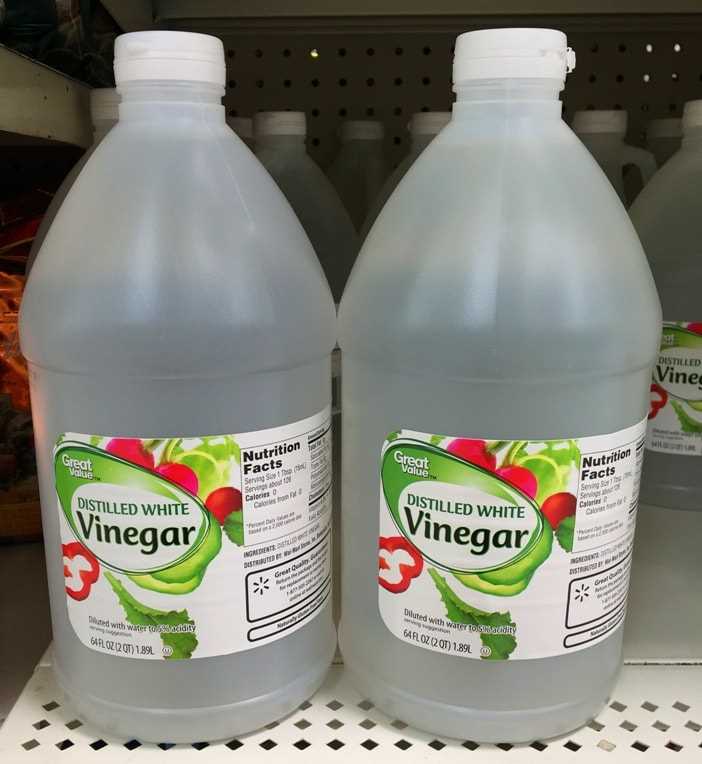
1. Natural Cleaning Solution
Malt vinegar is a natural and eco-friendly alternative to harsh chemical cleaning products. It is made from fermented malted barley and contains acetic acid, which gives it its cleaning properties. Using malt vinegar for cleaning allows you to reduce your environmental impact and avoid exposure to harmful chemicals.
2. Antibacterial Properties

One of the benefits of using malt vinegar for cleaning is its antibacterial properties. The acetic acid in malt vinegar acts as a natural disinfectant, killing germs and bacteria on surfaces. It can be used to clean and sanitize various areas in your home, including kitchens, bathrooms, and surfaces.
3. Removes Stains and Odors
Malt vinegar can effectively remove stains and odors from surfaces and fabrics. It is particularly useful for removing hard water stains, soap scum, and mineral deposits. The acidity of the vinegar helps to break down these stains and leave surfaces clean and fresh.
4. Safe for Most Surfaces
Unlike some harsh chemical cleaners, malt vinegar is safe to use on a wide range of surfaces, including countertops, floors, glass, and stainless steel. However, it is always recommended to test a small, inconspicuous area before using it on a larger scale to ensure compatibility and avoid any potential damage.
5. Budget-Friendly Option
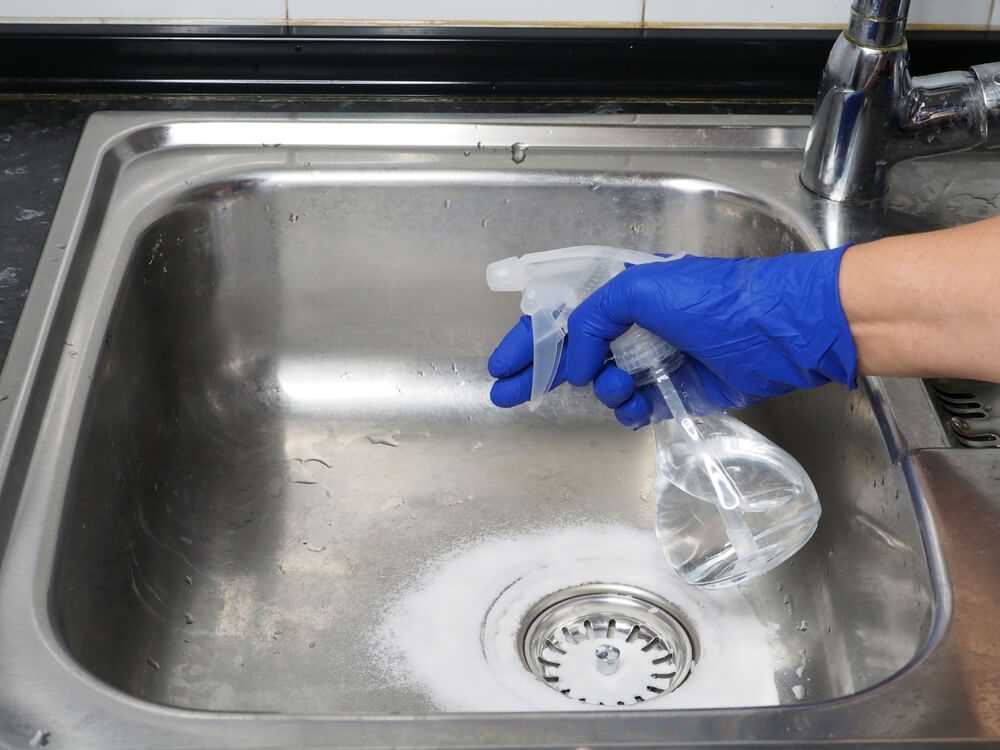
Another benefit of using malt vinegar for cleaning is its affordability. It is a cost-effective cleaning solution that is readily available in most grocery stores. You can save money by opting for malt vinegar instead of purchasing expensive chemical cleaners.
6. Versatile Cleaning Agent

Malt vinegar can be used in various cleaning applications. It can be used as a surface cleaner, glass cleaner, fabric softener, and even as a weed killer. Its versatility makes it a practical choice for all your cleaning needs.
7. Food-Safe Alternative
Malt vinegar is food-safe, which means it can be used to clean surfaces where food preparation takes place. You can safely use it to clean cutting boards, countertops, and kitchen utensils without worrying about any toxic residue.
8. Environmentally Friendly
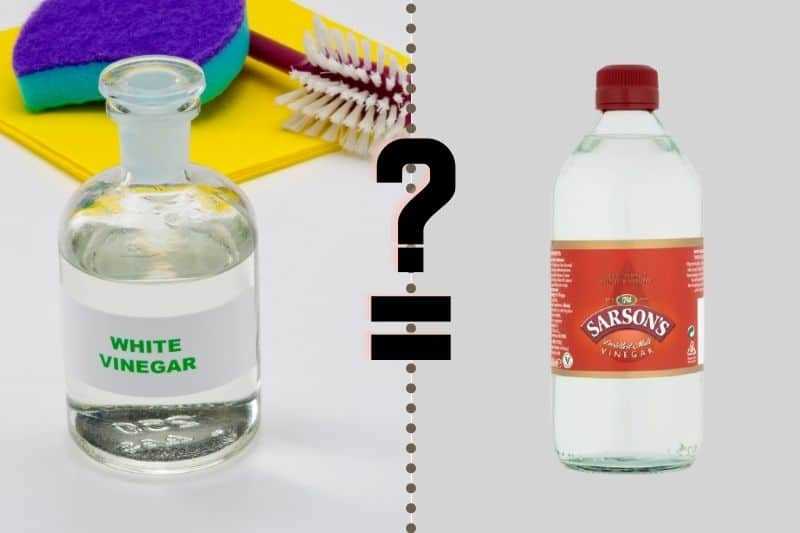
Using malt vinegar for cleaning helps reduce your carbon footprint. It is a natural and biodegradable product that doesn’t contribute to pollution or harm the environment. By choosing malt vinegar as your cleaning solution, you are making an eco-conscious decision.
Various Applications of Malt Vinegar
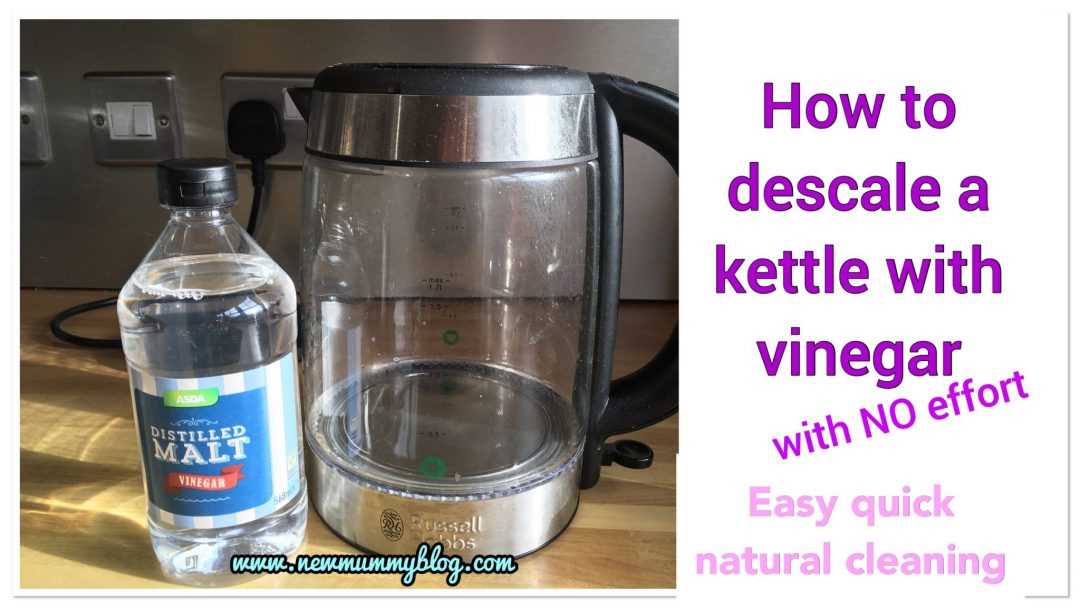
1. Cleaning Stains and Odors
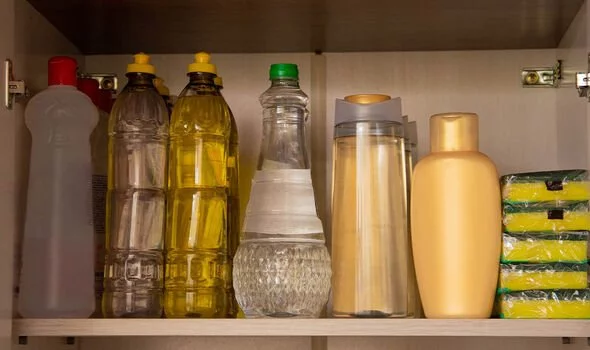
Malt vinegar can be used as a natural cleaning agent for various stains and odors around the house. Its acidic nature helps to break down and dissolve dirt, grime, and bacteria. Here are a few examples of how you can use malt vinegar for cleaning:
- Carpet Stains: Mix equal parts malt vinegar and warm water. Apply the solution to the stained area and blot with a clean cloth. Repeat if necessary.
- Window and Glass Cleaner: Mix equal parts malt vinegar and water in a spray bottle. Use it to clean windows and glass surfaces for a streak-free shine.
- Bathroom Cleaner: Mix equal parts malt vinegar and water. Use this solution to clean bathroom fixtures, tiles, and countertops. It can help remove soap scum and hard water deposits.
- Kitchen Cleaner: Use undiluted malt vinegar to clean kitchen appliances, countertops, and cutting boards. It can help remove grease and stubborn stains.
2. Natural Weed Killer
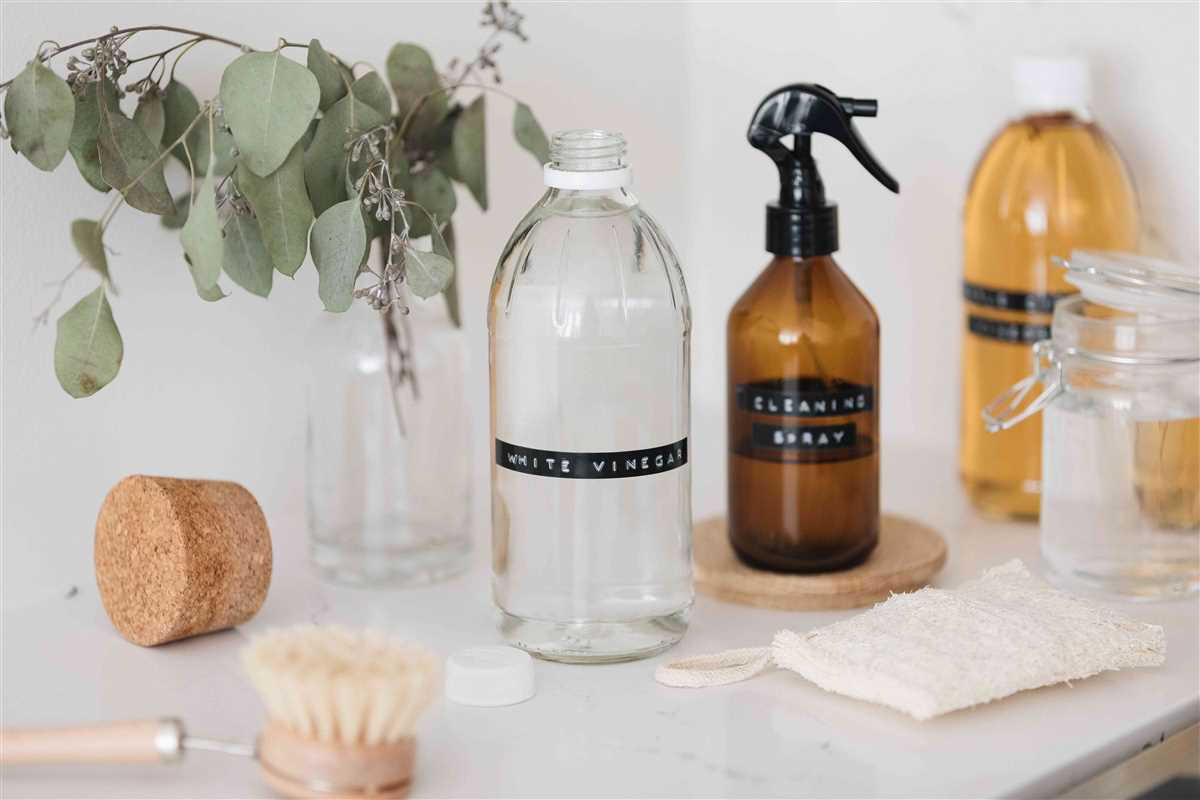
Malt vinegar can be a natural solution for removing weeds from your garden or patio. Its acidity can kill the unwanted plants without harming the soil or surrounding vegetation. Here’s how to use malt vinegar as a weed killer:
- Choose a Sunny Day: Apply the malt vinegar on a sunny day when there is no rain in the forecast. This will allow the vinegar to dry faster and effectively kill the weeds.
- Spray the Weeds: Fill a spray bottle with undiluted malt vinegar. Spray it directly on the leaves and stems of the weeds, making sure to avoid nearby plants.
- Repeat if Necessary: Some stubborn weeds may require multiple applications. Repeat the process as needed until the weeds are completely eradicated.
3. Pickling and Preserving
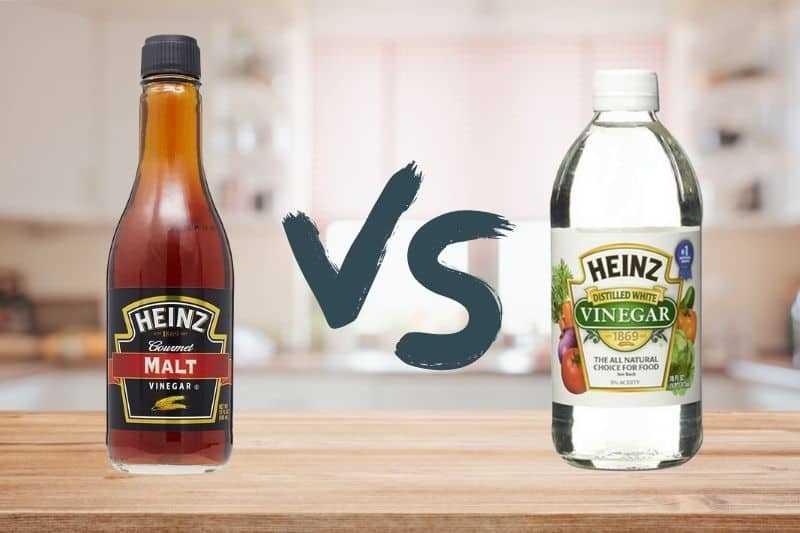
Malt vinegar is commonly used in the pickling and preserving process. Its acidity helps to preserve fruits, vegetables, and other food items by inhibiting the growth of bacteria and other microorganisms. Here’s how you can use malt vinegar for pickling and preserving:
- Pickled Vegetables: You can use malt vinegar to pickle a variety of vegetables such as cucumbers, beets, carrots, and onions. Simply combine malt vinegar, sugar, salt, and your choice of spices in a jar. Add the vegetables and let them marinate for a few days before enjoying.
- Preserved Fruits: Malt vinegar can also be used to preserve fruits like apples, pears, and berries. Combine malt vinegar, sugar, and spices in a saucepan, bring to a boil, and then add the fruits. Cook until the fruits are tender before transferring them into sterilized jars for long-term storage.
Conclusion
Malt vinegar has a wide range of applications beyond its culinary uses. From cleaning stains and odors to serving as a natural weed killer and aiding in the pickling and preserving process, malt vinegar is a versatile household item that can be beneficial in various ways. Consider keeping a bottle on hand to take advantage of its many uses.
How to Use Malt Vinegar for Cleaning
1. General Cleaning
Malt vinegar is a versatile and effective cleaning agent that can be used in various tasks around the house. Here are some general cleaning tips:
- Mix equal parts of malt vinegar and water in a spray bottle.
- Spray the solution onto surfaces such as countertops, windows, and mirrors.
- Wipe the surfaces with a clean cloth or sponge.
- Rinse with water and dry with a towel to remove any vinegar residue.
2. Removing Stains
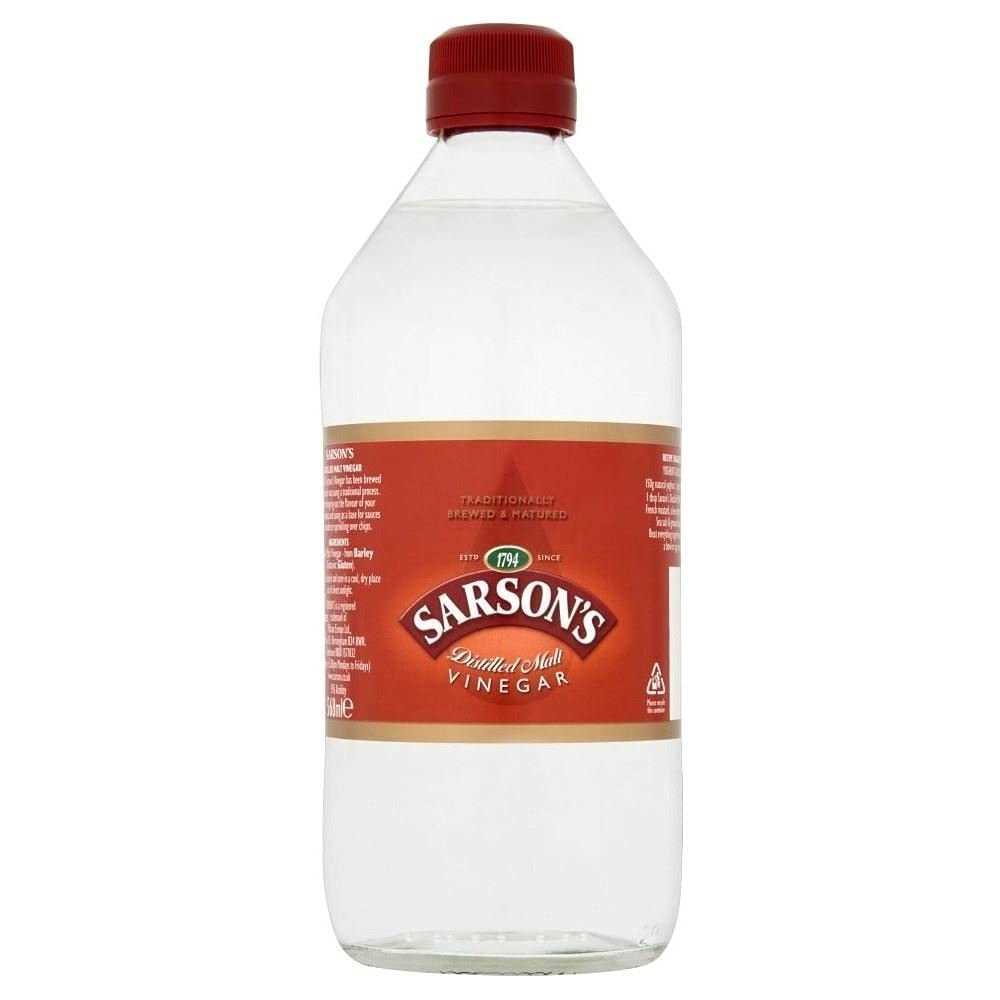
Malt vinegar is particularly useful in removing stains from different surfaces. Follow these steps:
- For fabric stains, mix equal parts malt vinegar and water.
- Apply the solution to the stained area and let it sit for a few minutes.
- Gently scrub the stain with a soft brush or sponge.
- Rinse with water and repeat if necessary.
- For hard surfaces like countertops or tiles, apply undiluted malt vinegar directly onto the stain.
- Let it sit for a few minutes, then scrub with a brush or sponge.
- Rinse with water and dry the area.
3. Deodorizing
Malt vinegar can also be used to eliminate odors. Try these methods:
- Place a bowl of malt vinegar in a room to absorb unpleasant smells.
- Wipe kitchen surfaces, cutting boards, or refrigerators with undiluted malt vinegar to get rid of food odors.
- Add a cup of malt vinegar to the laundry to remove strong odors from clothes.
4. Unclogging Drains
Malt vinegar can be an effective natural remedy for unclogging drains. Here’s how to use it:
- Pour half a cup of baking soda down the drain.
- Follow it with a cup of malt vinegar.
- Let the mixture sit for about 30 minutes.
- Boil some water and pour it down the drain to flush away any debris.
- Repeat if necessary.
Remember to always test a small, inconspicuous area before using malt vinegar on delicate surfaces to ensure that it doesn’t cause any damage or discoloration. Also, avoid using malt vinegar on marble or granite surfaces, as it can etch or dull the finish.
Precautions and Safety Measures
- Keep malt vinegar out of reach of children and pets.
- Avoid direct contact with eyes, skin, and clothing. In case of accidental contact, rinse thoroughly with water.
- Do not mix malt vinegar with other cleaning products, especially those containing bleach or ammonia, as it may release harmful fumes.
- When using malt vinegar for cleaning, work in a well-ventilated area to reduce the inhalation of vinegar fumes.
- Before using malt vinegar on delicate surfaces or materials, test it on a small, inconspicuous area to ensure it does not cause damage or discoloration.
- Do not use malt vinegar on marble or granite surfaces, as it can etch the stone.
- When storing malt vinegar, make sure the container is tightly sealed to prevent evaporation and maintain its effectiveness.
- If ingested, seek medical advice immediately and provide the doctor with the packaging or label of the malt vinegar.
- Dispose of malt vinegar and any leftover cleaning solution according to local disposal regulations.
Following these precautions and safety measures will help ensure that you can safely and effectively use malt vinegar for cleaning purposes.
FAQ
Can I use malt vinegar to clean windows?
Yes, you can use malt vinegar to clean windows. It is a natural and effective cleaner that can remove dirt, grime, and streaks from windows.
What other surfaces can I clean with malt vinegar?
Malt vinegar can be used to clean a variety of surfaces. It is safe to use on countertops, stainless steel appliances, bathroom fixtures, and more.
Will using malt vinegar for cleaning leave a strong smell?
No, using malt vinegar for cleaning will not leave a strong smell. The vinegar smell will dissipate quickly, leaving behind a clean and fresh scent.
Can I use malt vinegar to remove stains from carpets?
Malt vinegar can be used to remove some stains from carpets. However, it is important to test it on a small, hidden area of the carpet first to ensure it does not cause any damage or discoloration.






